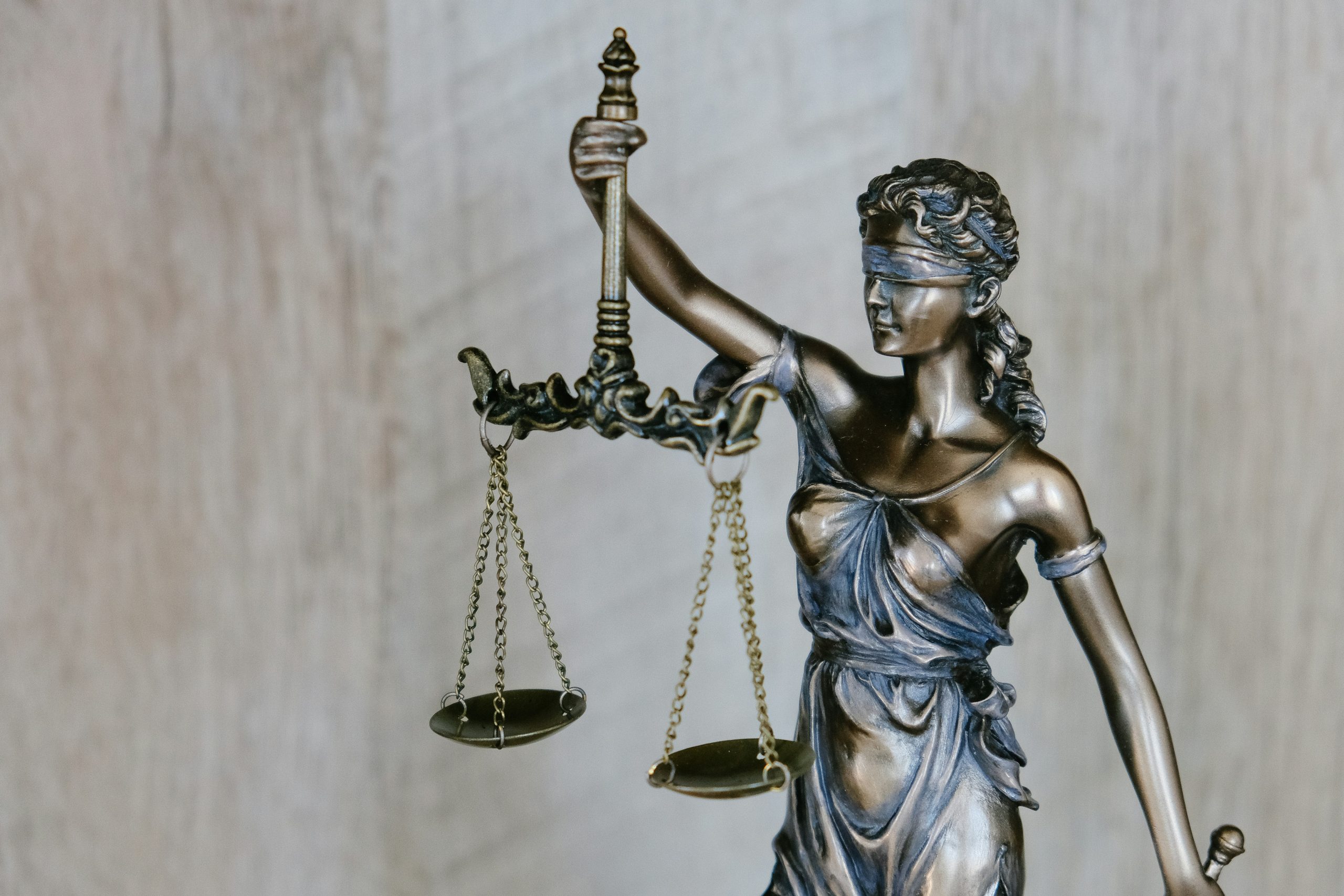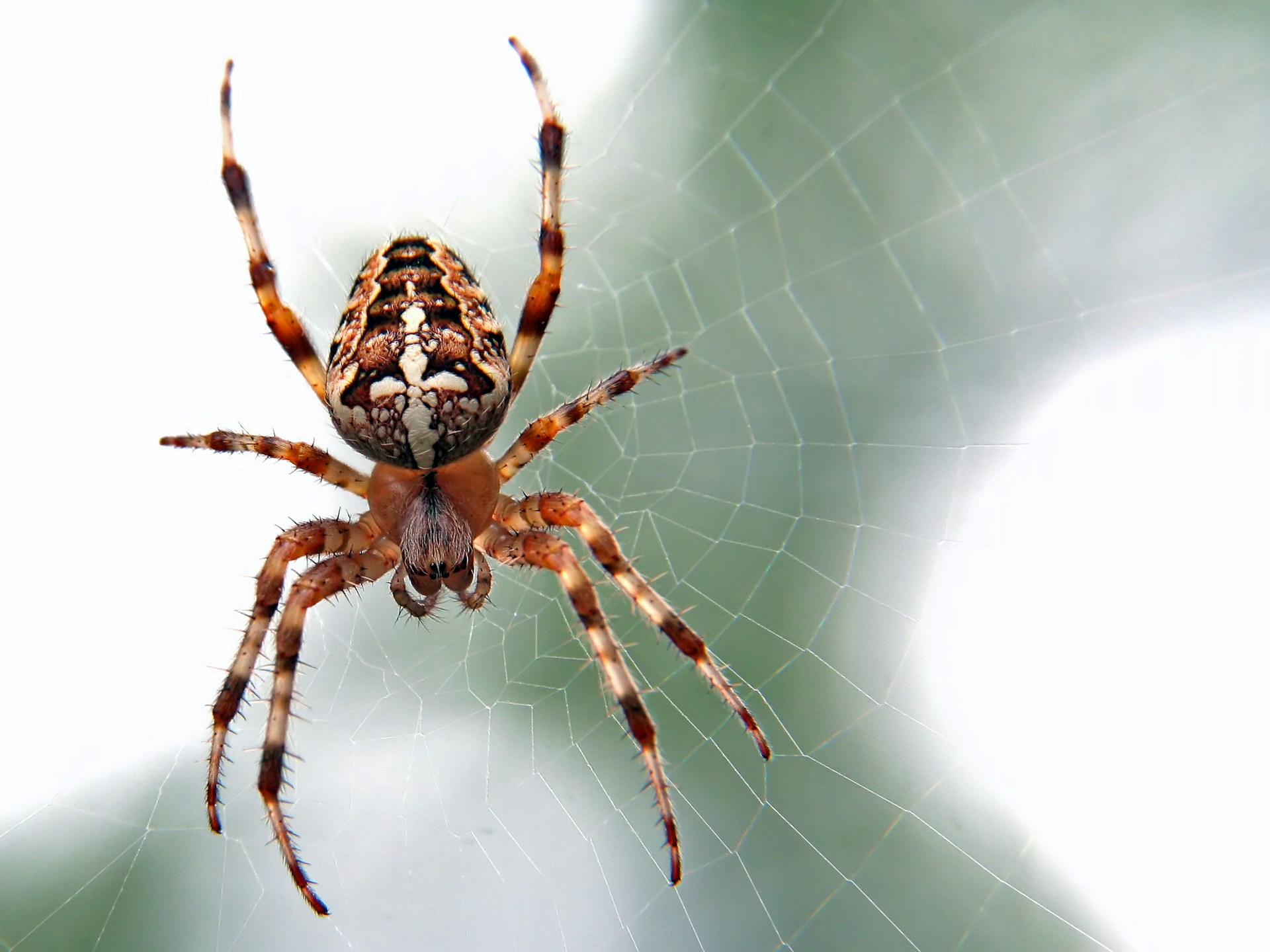Get clued up on the fundamentals of IP and patent law as we start our new IP landmark cases series! Photo credit: Tingey Injury Law Firm via Unsplash
IP landmark cases: the basics
Intellectual Property (IP) refers to anything an individual conceives or creates, including designs, texts, songs, and discoveries. Each type of creation is protected by a specific legal framework to prevent unauthorised copying. There are copyrights for written texts, design rights for new logos, and patents for new discoveries. As scientists, we are inventors, making it crucial to understand the basics of patents. This is the first article in an exciting new series exploring landmark cases in intellectual property law. This overview will be essential for understanding the upcoming articles in the series.
Each type of creation is protected by a specific legal framework to prevent unauthorised copying.
Patentability
A patent is a legal right which prevents people from reproducing an invention. It can be considered a bargain with the state: the inventor is granted a commercial monopoly in exchange for disclosing a technological advancement. This drives innovation for two reasons. First, the commercial monopoly incentivises scientists by rewarding them for their creations. Second, disclosing the technology drives innovation as other inventors can build upon prior inventions. Almost any invention can be patented, provided it meets three fundamental criteria: it is new, involves an inventive step, and has an industrial application.
It can be considered a bargain with the state…
Novelty is the requirement for an invention to be new. According to the European Patent Office, it is required to differ from ‘everything made available to the public by means of a written or oral description, by use, or in any other way, before the date of filing of the patent application’. While understanding the concept of novelty can be straightforward, ensuring an invention is truly novel can be challenging due to the vast amount of existing information and technology. Sharing relevant research publicly before filing a patent application can destroy the novelty of the invention, making it unpatentable in many jurisdictions. Some countries, like the United States, offer a grace period (usually one year) where an inventor can still file for a patent after public disclosure. Nevertheless, to protect the novelty of the invention and ensure patentability, it is generally advisable to file a patent application before any public disclosure.
ensuring an invention is truly novel can be challenging…
An invention only possesses an inventive step if, ‘having regard to the state of the art, it is not obvious to a person skilled in the art.’ The person skilled in the art is a hypothetical person taken to have an ordinary level of skill rather than being super-skilled. The inventive step sets the bar for what society deems a valuable enough discovery to justify the costs of licensing it. Granting patents to small developments with economically insignificant benefits is not worth the social costs of granting a monopoly. When determining whether an inventive step is present, a problem–solution approach is taken. First, the closest prior invention, referred to as “prior art”, is identified. Next, the technical problem that the invention aims to solve is defined. Finally, it is assessed whether the proposed solution would have been obvious to a person skilled in the art when considering the prior art. To avoid challenges at this level, it is advisable to carry out a thorough search of prior art and define the problem being solved very clearly.
The third requirement for a patent to be granted is that the invention has an industrial application. The purpose of this requirement is to ensure the inventions have a practical benefit and are not just theoretical or speculative. In some fields, the practical application will be obvious, for example, a car part that improves acceleration. In life sciences, inventions are often abstract, and it is not always obvious what their application is, for example with DNA or protein sequences. It is therefore essential to describe the technical effect of those particular sequences to show their use in industry.
There are also several types of inventions that are excluded from patent filing. This includes an invention whose commercial exploitation is contrary to morality, plant/animal varieties other than microorganisms, existing scientific theories or mathematical methods, and methods of doing business.
Anatomy of a patent application
A patent application is broadly split into two sections: the description and the claims. The detailed description explains the pre-existing situation, alludes to the problem the invention solves, and describes how the invention can be put into practice. The claims define the scope of protection and typically contain a mixture of independent and dependent claims. Independent claims are standalone claims that do not refer to any other claims and define the broadest scope of the invention, including all essential features. There are three common types of independent claims: a claim for an item, a claim for a method of making an item, and a claim for a method of using an item. Dependent claims reference independent claims and narrow the scope of the invention, often providing a fallback if the independent claims are challenged for patentability.
In addition to the requirements previously discussed, there are two other crucial aspects to consider in writing a patent application. The first is sufficiency, which is the requirement to ‘disclose the invention in a manner sufficiently clear and complete for it to be carried out by a person skilled in the art.’ Including experimental procedures is common to meet this requirement, ensuring full disclosure in exchange for monopoly rights. The second requirement is clarity, which states the claims ‘must be clear and concise and supported by the description.’ This clarity is vital for defining the boundaries of the invention, helping to prevent disputes among third parties.
Patent lifecycle
The entire process from initial filing to grant or refusal typically spans about 4 years. Following the initial filing in one country, a search for prior art occurs: this lasts between four and ten months to assess the novelty and inventiveness of the invention, ensuring it’s worth pursuing. Within the first 12 months from filing, known as the “convention period”, the inventor can file the patent in other countries with priority, using the filing date of the first application as the effective date for subsequent applications. At the 18-month mark from filing, the patent is published, and from two to four years the patent undergoes examination to verify it meets all patentability criteria. By the conclusion of this period, a decision is made to grant or refuse the patent. Once granted, the owner of the patent will have up to a 20-year monopoly over the product. They are also able to license the patent to third parties in return for revenue.
Acts of infringement refer to actions that violate the rights defined by a patent. These actions include making, selling, using, importing, or storing a patented product, or using a patented process without authorisation. Remedies for infringement include court-ordered injunctions to stop the infringing activities and to deliver up or destroy the patented products. Additionally, the patent owner may seek damages for financial losses caused by the infringement or demand compensation for profits earned by third parties through the infringement.
Conclusion
Understanding how patents function is crucial for scientists to safeguard their research. In the subsequent articles in this series, we will delve into landmark intellectual property cases that have profoundly shaped both industry and research. The next article will examine the case of Diamond v. Chakrabarty, a pivotal case that addressed the patentability of living organisms. Stay tuned as we explore these cases to gain deeper insights into their impacts and implications.





